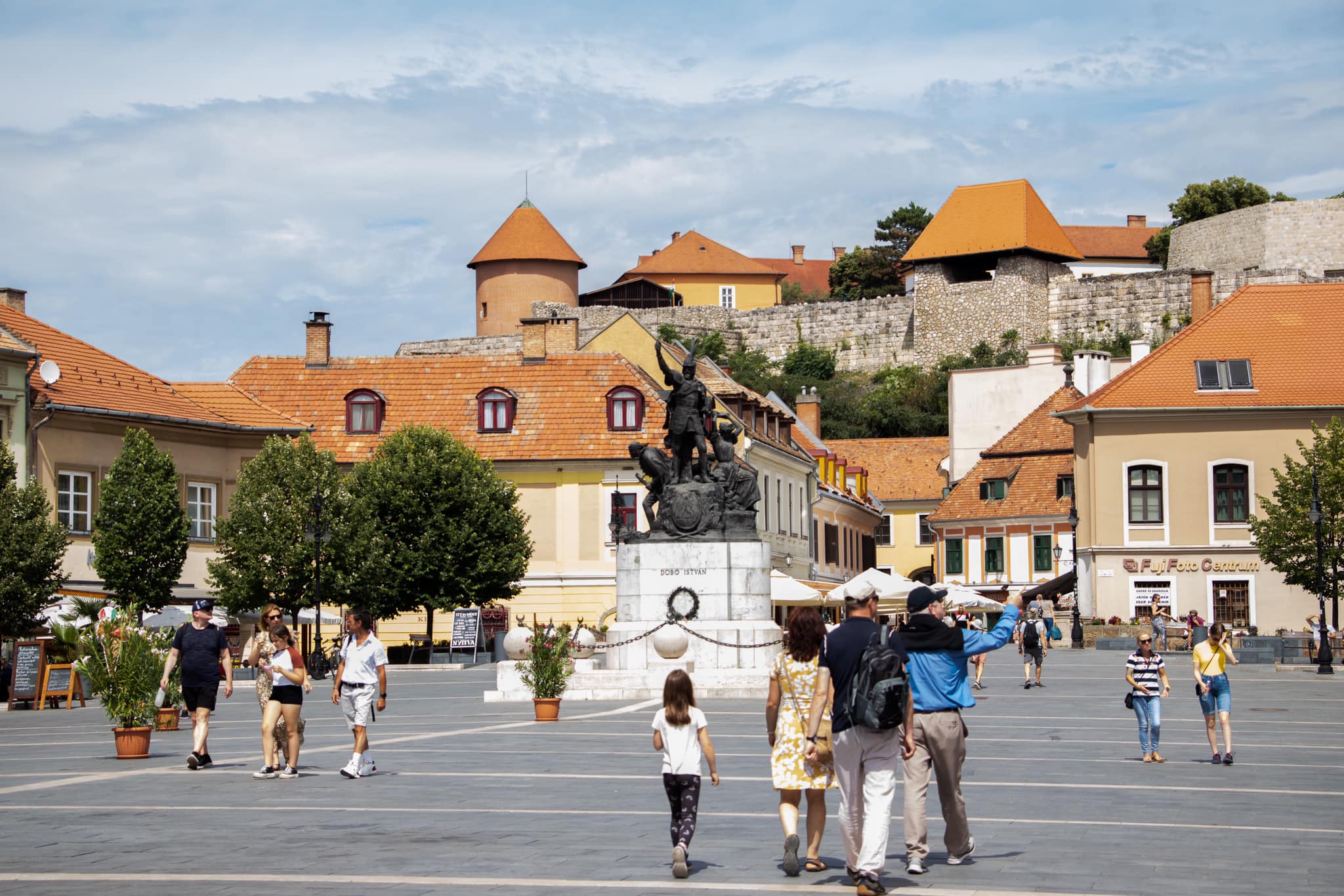
Gyula, Siófok, and Eger lead the national ranking in terms of the number of bookings.Continue reading
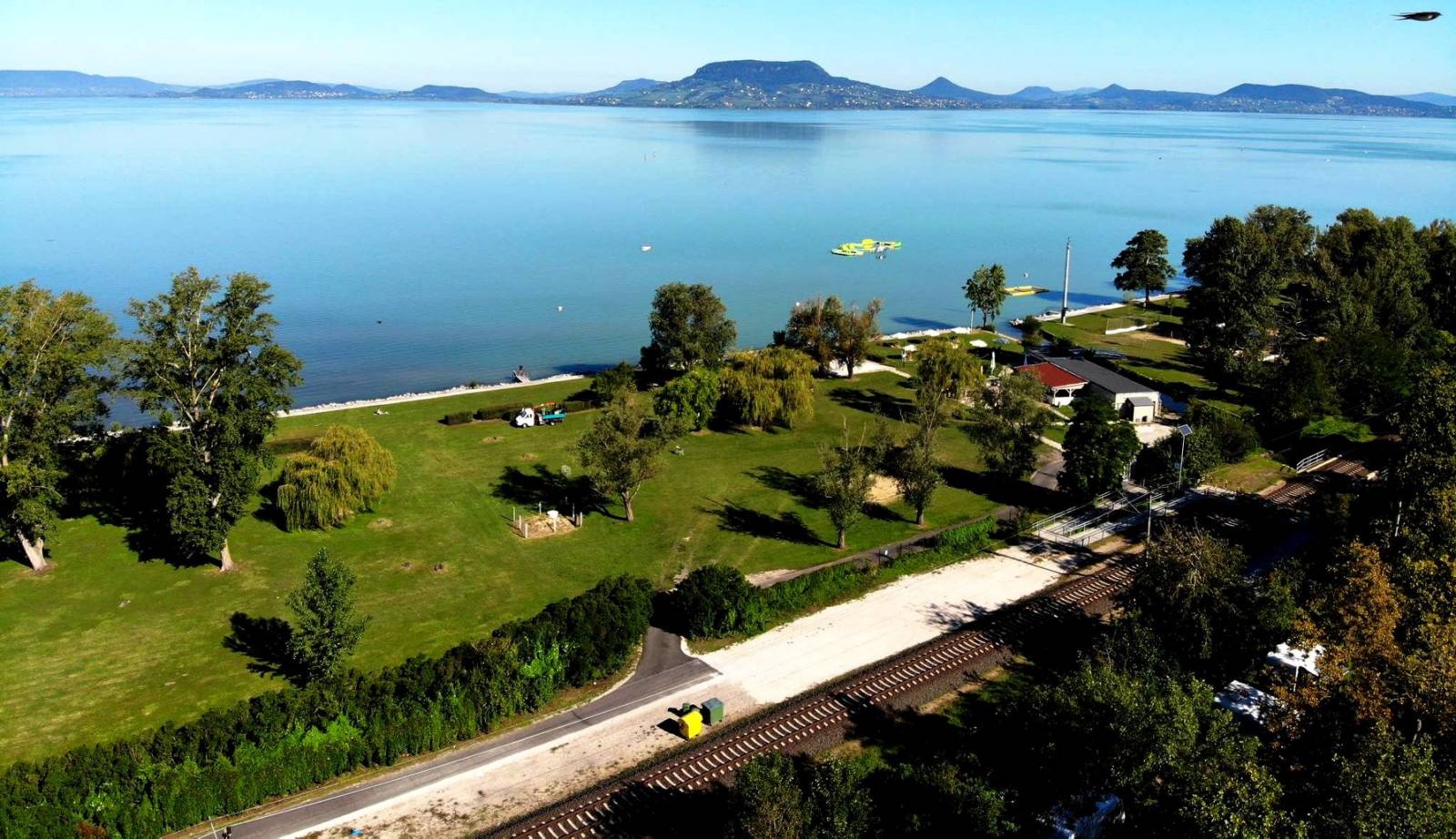
Last year, the turnover of camping sites in Hungary increased slightly, according to the results of the annual general meeting of the Hungarian Camping Association, reports Turizmus.com.
The first item on the agenda of the general meeting of the association was the presentation of last year’s national tourism, and within that, camping traffic data by Orsolya H. Horváth, acting head of the Strategic Department of the Hungarian Tourism Agency. According to her report, in 2023, tourism returned to the record level of 2019, the year before the COVID pandemic:
16.2 million guests spent 41.8 million nights in Hungarian accommodation facilities.
While the share of domestic tourists is slightly higher (52%) in the country as a whole, foreign tourists dominate by a small margin (51%) for camping. Budapest is the main national market, followed by Pest, Győr-Moson, and the newcomer Bács-Kiskun county, while Germany is the main foreign market, ahead of Poland, the Czech Republic, Austria, and the Netherlands.
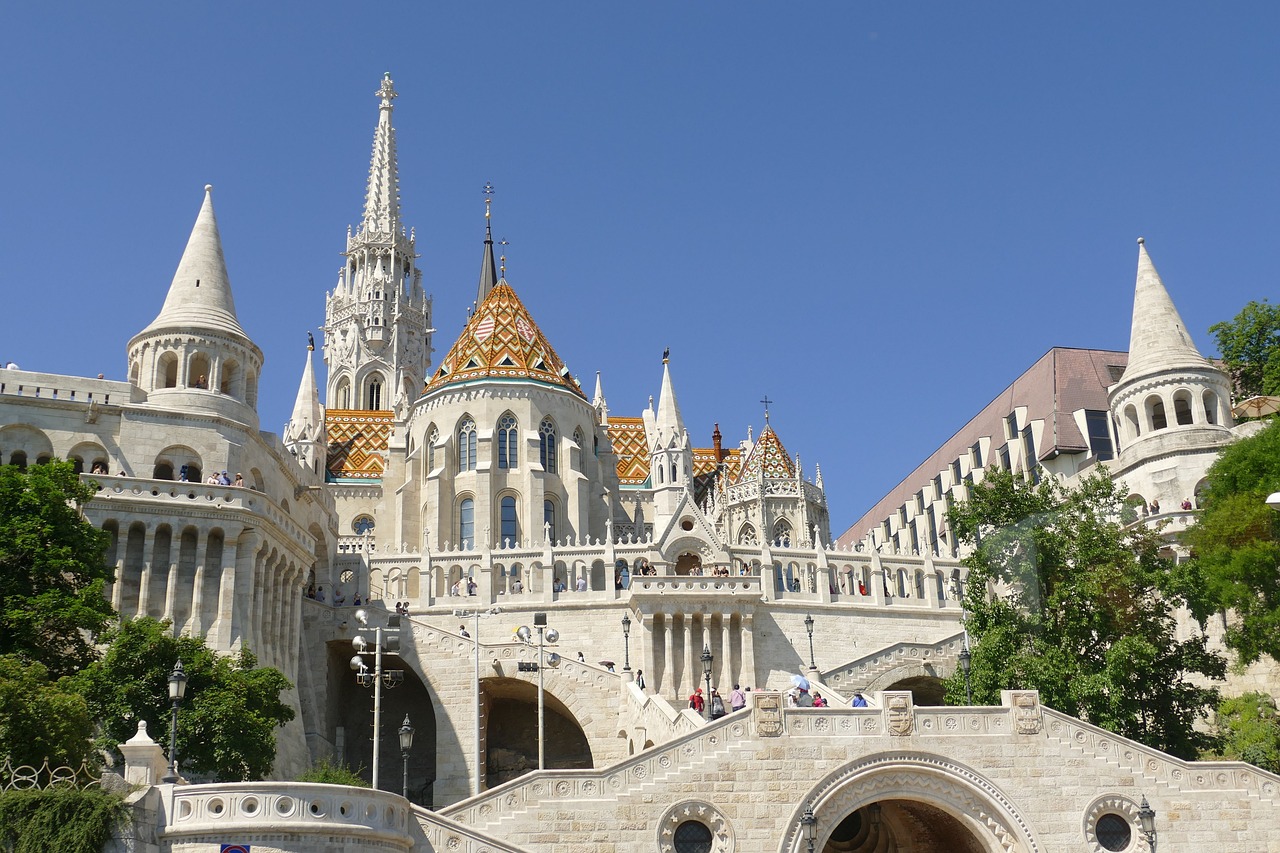
The Fisherman’s Bastion in Budapest. Photo via Pixabay.
The busiest campsites are in Balatonfüred (northern shore), both for foreign and domestic tourists. Second place goes to Siófok (southern shore), followed by Révfülöp (northern shore), Zamárdi (southern shore), and Alsóörs (northern shore), and only then come the most popular campsites close to thermal and spa waters, such as Hajdúszoboszló (eastern Hungary), Bük, or Sárvár (both in western Hungary).
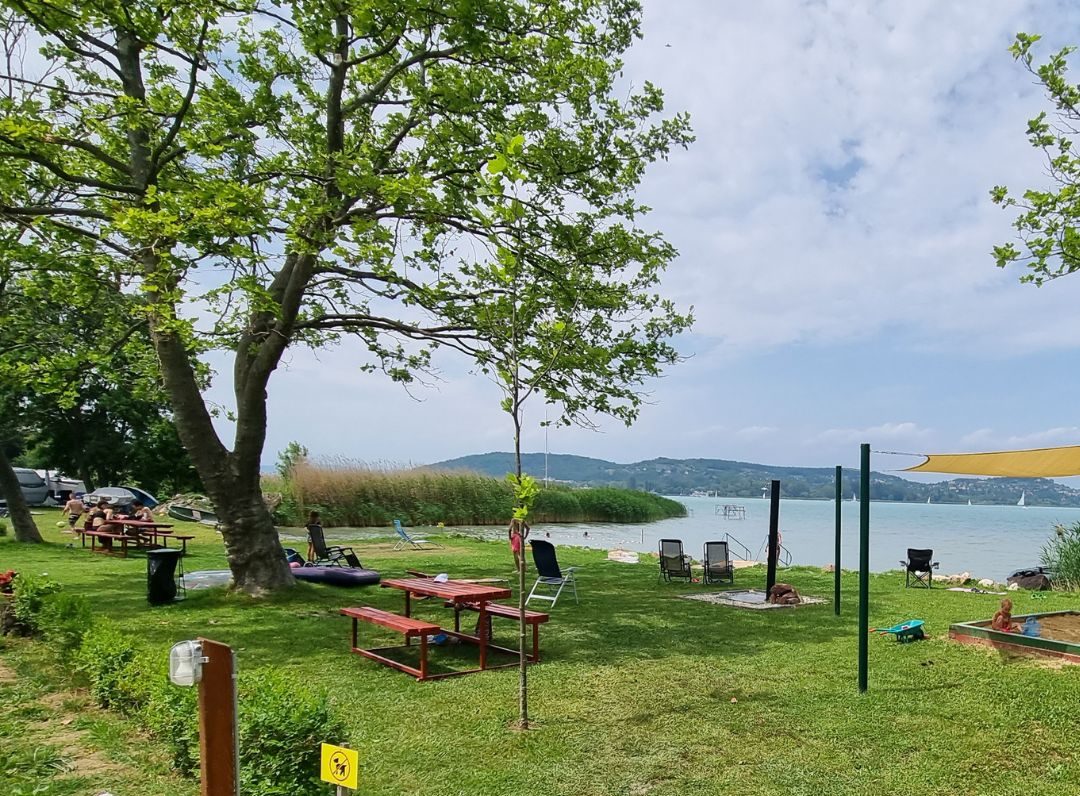
Camping at Lake Balaton. Photo via Facebook/Rév Kemping
Foreign guests prefer to go to thermal campgrounds: after Balatonfüred, Hajdúszoboszló, Bük, Hegykő (northwestern Hungary), and Sárvár are among the top six destinations.
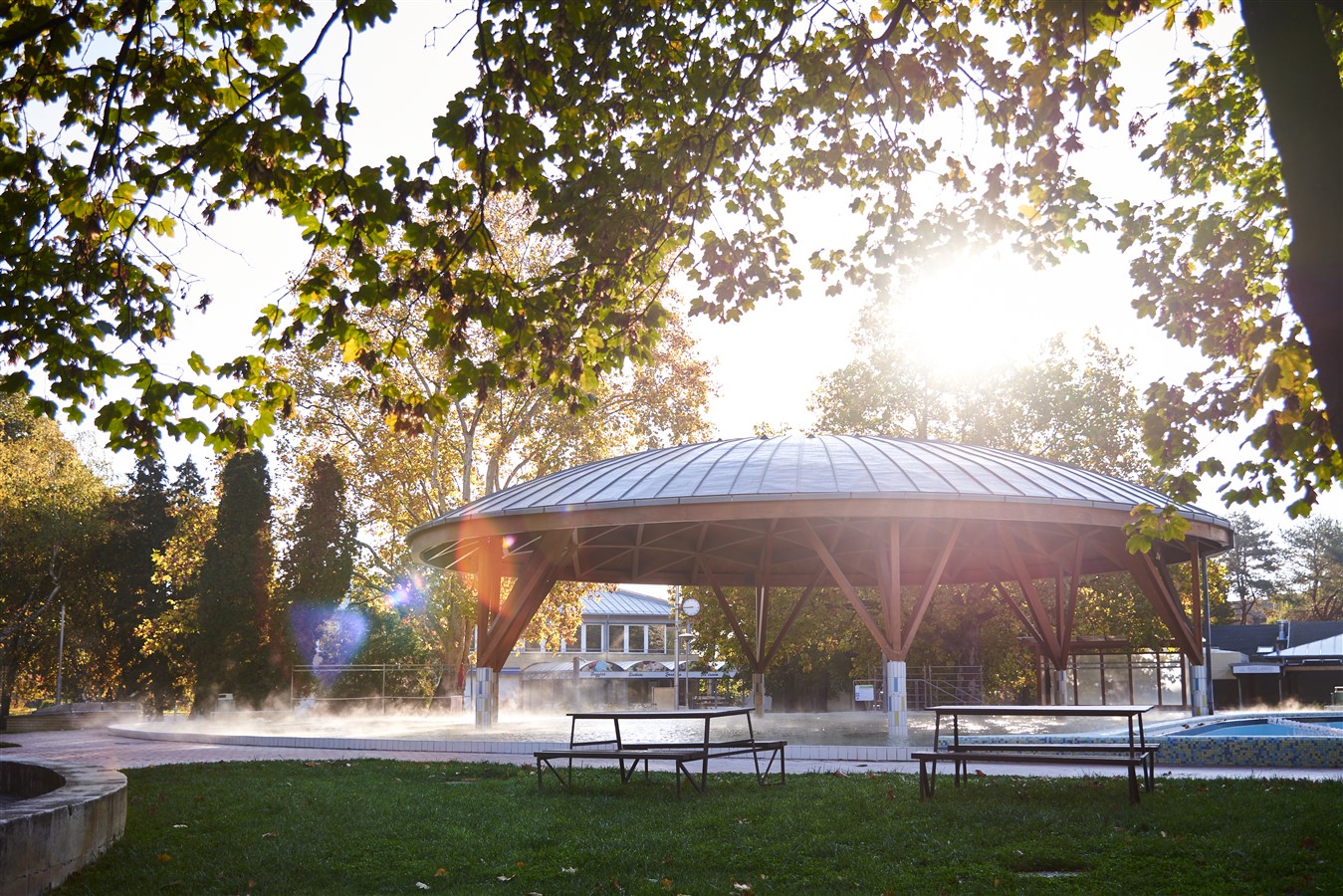
The famous thermal spa in Bük. Photo via Facebook/Bükfürdő Thermal & Spa
Interesting age patterns can also be observed among tourists from foreign countries. “From Germany and Austria, the highest proportions of visitors are middle-aged and older visitors, those aged 55 and over. They spend an average of 5.6 days on campsites, during which they typically enjoy longer periods of relaxation and recreation in the thermal waters,” noted Orsolya H. Horváth. In contrast, guests from the Netherlands spend on average only three nights on Hungarian campsites, typically on the waterfront at Lake Balaton.
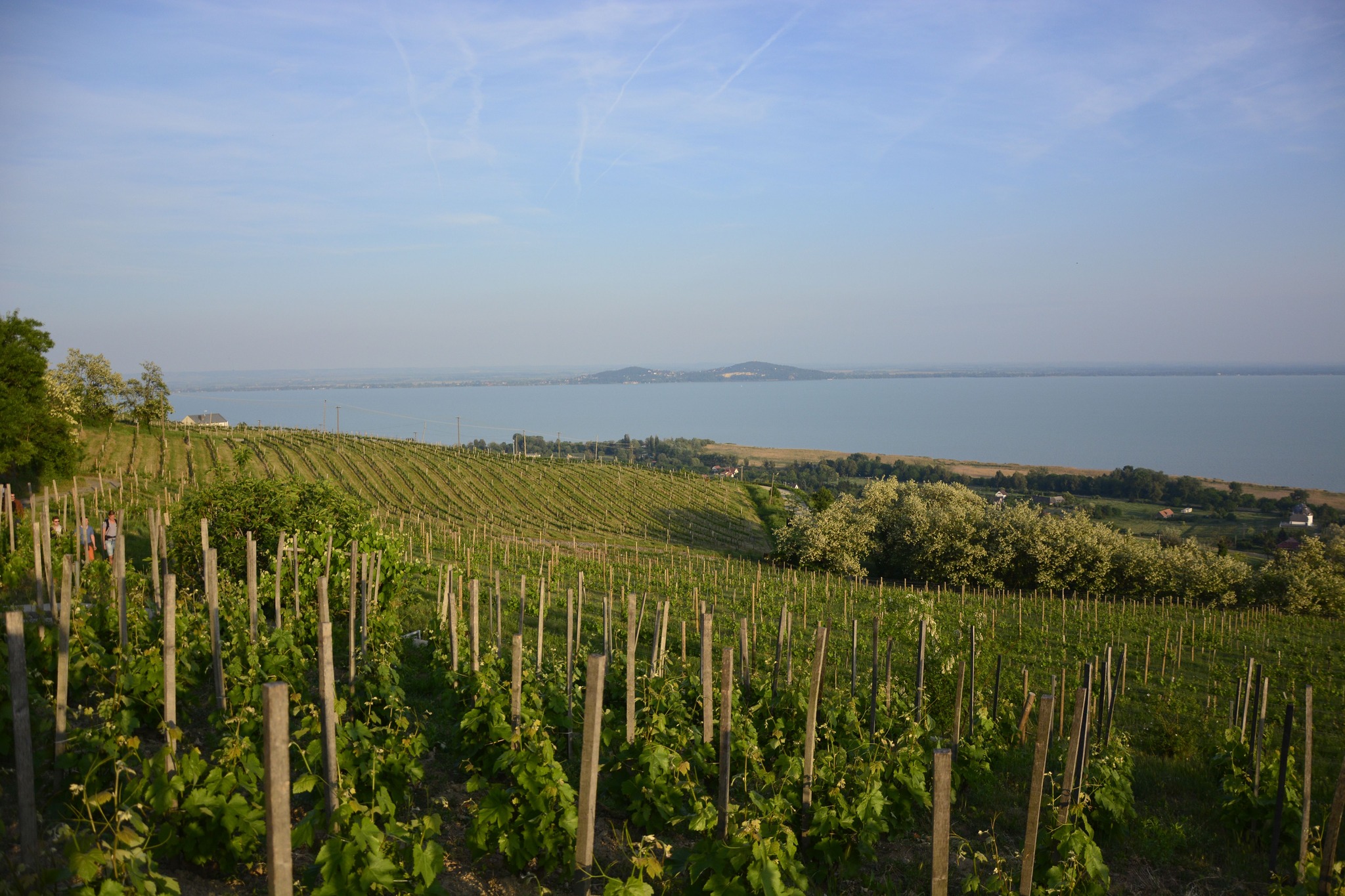
View from a Badacsony vineyard (Balaton wine region). Photo: Facebook/Tourinform Badacsony
This is also explained by the age distribution: the largest proportion of guests from the Low Countries are from the 18-35 year-old generation, and they settle in for a more active stay. Poles and Czechs are the most likely to be family-oriented, as shown by the shift in the proportion of tourists from the under-18s to the 35-45 age group.
This is shown by data from the National Tourism Data Supply Centre (NTDSC). In response to a question, Orsolya H. Horváth stressed that the aim is that campsites will soon also have access to the NTDSC data, and will be able to analyze it and the different tourism trends in the same way as hotels.
Via Turizmus.com; Featured image via Facebook/Napsugár Kemping – Balaton